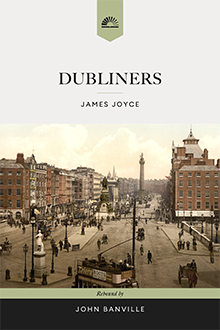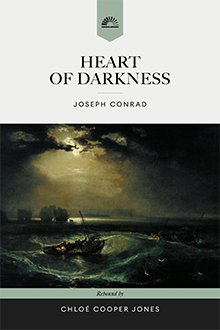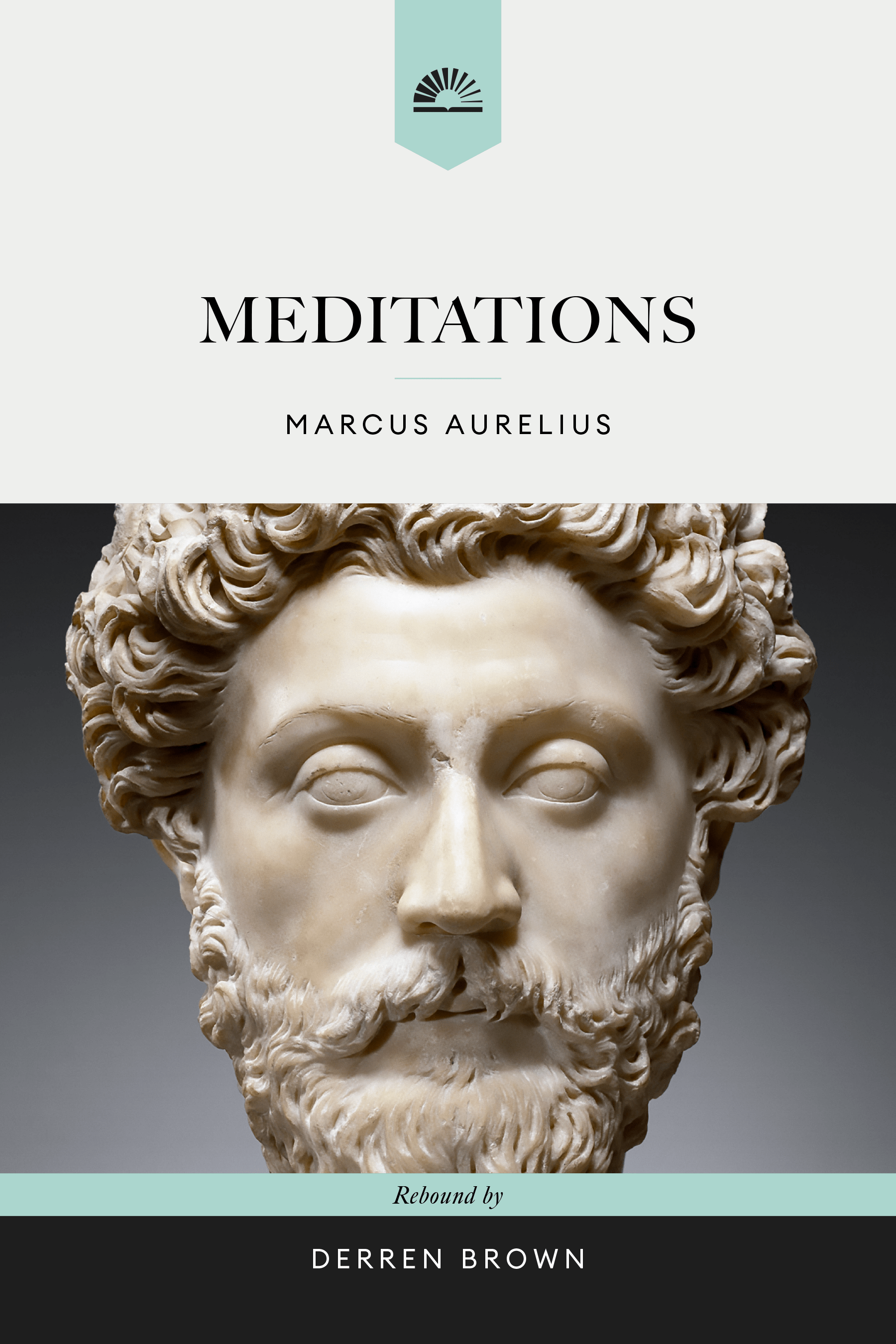Read. Watch. Discuss. Repeat.
Rebind's goal is to open challenging and inspiring books to readers.
About A Room with a View
1908
Set at the turn of the 20th century, A Room with a View begins in Florence, where young Lucy Honeychurch and her fussy cousin Charlotte encounter the unconventional Emersons at their pension. When Lucy witnesses a shocking act of violence in the Piazza della Signoria, she faints into George Emerson’s arms—a moment that awakens something unexpected within her. After returning to England, Lucy becomes engaged to Cecil Vyse, a man who views her as “a Leonardo,” yet fails to see her true nature. As George unexpectedly reenters her life, Lucy must choose between social acceptance and genuine passion.
The novel’s central conflict extends beyond a simple love triangle. Through Lucy’s journey, Forster examines how environments either constrain or liberate us. Florence, with its Renaissance art and emotional openness, represents possibility and authenticity. Surrey, with its beautiful but carefully cultivated gardens and social rituals, embodies the ordered English society that simultaneously protects and suffocates Lucy. The tension between these worlds mirrors Lucy’s internal struggle between safety and freedom.
Forster’s remarkable achievement lies in how he turns Lucy’s personal awakening into a universal story about the courage to live authentically. His elegant prose balances moments of genuine humor with sharp social observation, making the novel both entertaining and insightful. Beyond its romantic plot, A Room with a View asks questions that remain vital: How do we balance personal desire with social obligation? What does it mean to truly see others and ourselves? When should we break free from the limitations others place upon us?
Maybe it's good to make promises and keep them. Maybe it's equally good or better to know when to break them, to stand apart with a certain remove and decide that you are no longer the person that once promised.
REBIND FEATURES
You might like
~The world's most intriguing guides open up their favorite books for you.
Tour the classics with a companion and read deeper.
Stay updated on new book releases and features
By signing up for our email list, you indicate that you have read and agree to our Terms of Use.
We respect your privacy.








